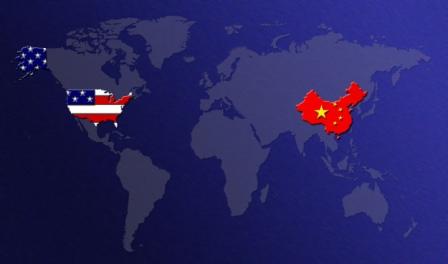PISM Policy Paper no. 41: China’s Response to the United States’ Asia–Pacific Strategy
31.10.2012
The next issue of PISM Policy Papers by Justyna Szczudlik-Tatar
Since China and the U.S. try to present a tougher stance towards each other, both countries seem to have found themselves on the collision course. China’s growing economic influence, military strength and rising assertiveness in the region has paved the way for deeper U.S. involvement in Asia–Pacific. Although official Chinese response is muted, U.S. policy is seen by the PRC as a threat to its position as a great regional power and a future global superpower. Justyna Szczudlik-Tatar explains in this paper how the countries that are “neither friends nor foes” pursue their goals and what could be the outcome of the tensions between them.
PISM Policy Paper no. 41

The next issue of PISM Policy Papers by Justyna Szczudlik-Tatar
Since China and the U.S. try to present a tougher stance towards each other, both countries seem to have found themselves on the collision course. China’s growing economic influence, military strength and rising assertiveness in the region has paved the way for deeper U.S. involvement in Asia–Pacific. Although official Chinese response is muted, U.S. policy is seen by the PRC as a threat to its position as a great regional power and a future global superpower. Justyna Szczudlik-Tatar explains in this paper how the countries that are “neither friends nor foes” pursue their goals and what could be the outcome of the tensions between them.


